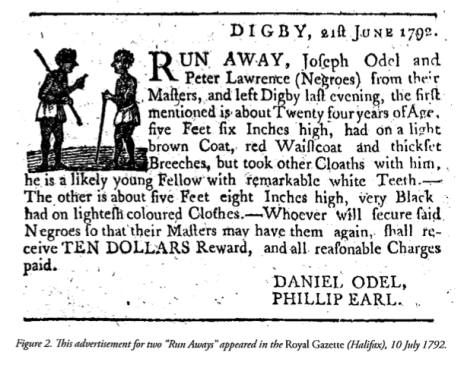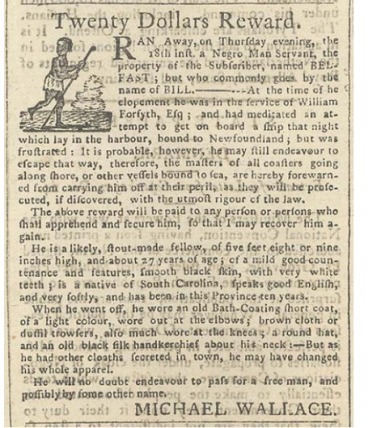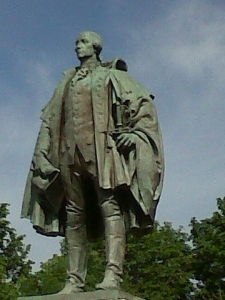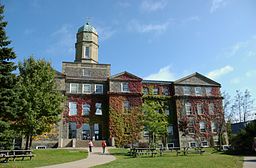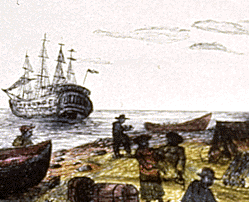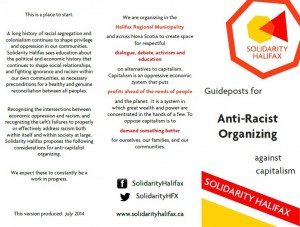Solidarity Halifax member Shay Enxuga recounts the fight against union-busting Bill 1. Shay is former Just Us barista, current ACORN community organizer, and huge supporter of healthcare workers.
Originally published at RankAndFile.ca
On Friday, Oct. 3, 2014 the Nova Scotian Liberal government will pass legislation that is intended to wreak havoc among the province’s healthcare unions. Couched in the language of “streamlining service provision,” and set against the backdrop of fiscal austerity, it’s hard to see Bill 1 – The Health Authorities Act – as anything other than a direct attack on public sector unions.
With Bill 1 the NS Liberals strike their second major blow against organized public sector workers in only their first year in power. Back in April, they passed essential service legislation that took away the right to strike from nearly 40,000 health care workers. This came after hundreds of NSGEU nurses hit the picket lines in a wildcat strike after mediated negotiations reached an impasse over the issue of nurse-to-patient ratios. During an overnight sitting on the legislature, the Liberals passed Bill 37 on April 4. It requires that the employer agrees to essential service staffing levels before the workers can go on strike, an agreement that can be easily withheld.
 Now, Health Minister Leo Glavine’s election promise of streamlining health care is coming to fruition. This new legislation merges the nine existing district health authorities into one, and merges the 50 previous bargaining units into just four: nurses, healthcare, administrative support, and service support.
Now, Health Minister Leo Glavine’s election promise of streamlining health care is coming to fruition. This new legislation merges the nine existing district health authorities into one, and merges the 50 previous bargaining units into just four: nurses, healthcare, administrative support, and service support.
Apart from being a draconian step back towards craft unionism, this legislation affects 24,000 workers and is intended to divide and conquer the four public sector unions: Nova Scotia Government Employees Union (NSGEU), Nova Scotia Nurses Union (NSNU), Canadian Union of Public Employees (CUPE), and Unifor.
The legislation also freezes all bargaining and prohibits strikes and lockouts until April 1, the date when the merger is set to occur. A mediator will also be appointed by the provincial government to decide which of the unions will represent which one of the bargaining units. If an agreement is not reached with 45 days, the mediator then becomes an arbitrator with the authority to assign members to unions.
The Unions Fight Back
 Union members and supporters have been surrounding Province House nearly around-the-clock since 4pm on Monday, Sept. 29 to voice concern about the new legislation.
Union members and supporters have been surrounding Province House nearly around-the-clock since 4pm on Monday, Sept. 29 to voice concern about the new legislation.
On Monday, Sept. 29, over 500 angry and militant union members took to the street to protest the new legislation. Members from all four of the healthcare unions were present along with almost every other union in the province, and many allies in student and social movements. The bill passed first reading with only the NDP voting against it. Premier Stephen McNeil only managed to make this way through the crowed, amidst boos and hisses, thanks to the help of police officers.
“They need a police escort because they’re afraid of the people,” shouted Kyle Buott, the President of the Halifax-Dartmouth District Labor Council.
“Sisters and brothers, tonight we have begun the opening chapter in this struggle. We have made it clear to politicians that they are not going to walk all over us without a fight,” said Buott.
Tuesday morning events escalated when the Halifax Regional Police arrested Second Vice-President of the NSGEU, Jason MacLean, for allegedly assaulting a police officer. The arrest took place while demonstrators peacefully blocked Stephen McNeil’s car.
Union members who witnessed the event say that the grounds for arrest are dubious. In an interview given for the Chronicle Herald, MacLean states, “I believe, one, I’m targeted as a leader in this union and, two, I’m targeted as a black man making noise. We know what Nova Scotia is all about – it’s a racist province.”

 On Tuesday evening, NSGEU organized a candlelight vigil outside Province House. Approximately 1000 members were in attendance and the streets were filled with people carrying candles, glow-sticks, and tombstones for the death of democracy.
On Tuesday evening, NSGEU organized a candlelight vigil outside Province House. Approximately 1000 members were in attendance and the streets were filled with people carrying candles, glow-sticks, and tombstones for the death of democracy.
Joan Jessome, President of NSGEU, took a megaphone and read aloud a eulogy for democracy:
“1758 – 2014: Democracy, Canadian democracy, was born 256 years ago, in this very spot…The basic idea that people from all walks of life have something valuable to contribute, no matter their colour, or how much they have in the bank. The idea that we all have dignity and that we all deserve respect. That idea, democracy, started right here, inside this building. And it was inside this building tonight, when it was stripped away from our healthcare workers, that democracy started to die.”
Kelly Murphy, Second Vice-President of NSGEU, echoed Jessome’s sentiments and said that, “Stephen McNeil and his Liberal government are trying to take away the foundation of what our province, our country, is built on: Our democratic right. [They are] forcing union members into unions and not giving them a chance to have their vote, have their say, and imposing collective agreements on them without giving them a vote on that as well. That’s not democracy. That’s not what Nova Scotians are about. And we’re going shut it down.”
Lana Payne, the elected Atlantic Regional Director of Unifor, has also spoken out strongly against the bill.
“This is a pretty devastating piece of legislation for a number of reasons. One, it really does pit all of the healthcare unions, four incredibly strong unions, against each other. It pits union against union, and worker against worker. We, as healthcare unions, knew in the spring that there was the possibility of incredible chaos,” said Payne.
Another Path Forward?
Over the summer, all four unions worked together to develop an alternative to this heavy-handed approach. They collectively put forward the proposal of forming bargaining associations in which all members would remain members of their current union, but bargain collective agreements together.
In a joint statement put out by NSGEU, NSNU, CUPE, and Unifor, the unions state: “Bargaining Associations are the safest way to ensure your rights and benefits are protected. Without these Associations, the government will either force unions into run-off votes to fight amongst themselves to represent you, or even designate you into a union of their choosing.”
Glavine’s refusal to accept the bargaining association proposal seems to indicate that this legislation is a thinly-veiled attempt to divide and weaken the healthcare unions.
In a public letter submitted by all four unions on Tuesday, Sept. 30, they request a meeting with Glavine to clarify his public comments that the unions could retain their membership and that he would “accept a model of collective bargaining that would see the lead union each of the four proposed bargaining units conducting bargaining on behalf of all employees in that sector.”
In response, Glavine just reiterated his reservations for bargaining associations, reaffirmed that this issue can be resolved during the mediation outlined in the legislation, and simply states, “I will not be in a position to meet with you to discuss this further at this time.”
 On Thursday, Oct. 2, 2014, during a rally outside the legislature organized by the NSGEU, Jessome voiced support for bargaining associations. However, she thinks that won’t happen and thus has come out publicly in support of run-off votes. The other three unions remain committed to fighting for bargaining associations.
On Thursday, Oct. 2, 2014, during a rally outside the legislature organized by the NSGEU, Jessome voiced support for bargaining associations. However, she thinks that won’t happen and thus has come out publicly in support of run-off votes. The other three unions remain committed to fighting for bargaining associations.
Payne remains optimistic that bargaining associations are still a possibility, even under the new legislation. She says that she understands “why some unions might be skeptical. The deadline made it really challenging to build this new model in a summer. It’s a lot to do. [But] our lawyers have said there’s still an opening in the legislation to do this.”
It is uncertain what these competing perspectives mean for the battle over Bill 1 going forward. But this division could create acrimony amongst the four healthcare unions in the province.
On Wednesday, Oct. 1, 2014, NSNU, CUPE, and Unifor released a joint statement reaffirming their support for the bargaining associations. The following day Unifor organized a rally outside, just hours after NSGEU’s rally. Over 300 members from all four unions were present.
Janet Hazelton, the President of NSNU, and Danny Cavanagh, Regional Vice-President of CUPE, and Jerry Dias, the National President of Unifor, all spoke out strongly about the importance of solidarity and the need to continue to fight for the bargaining associations.
“We need to stand in solidarity because our fight is not with one another. Our fight is with the people inside this house,” shouted Cavanagh, “Let me tell you sisters and brothers, come next election, there won’t be a liberal left in this province.”
Note: Articles published by Solidarity Halifax members do not necessarily reflect positions held by the organization.

